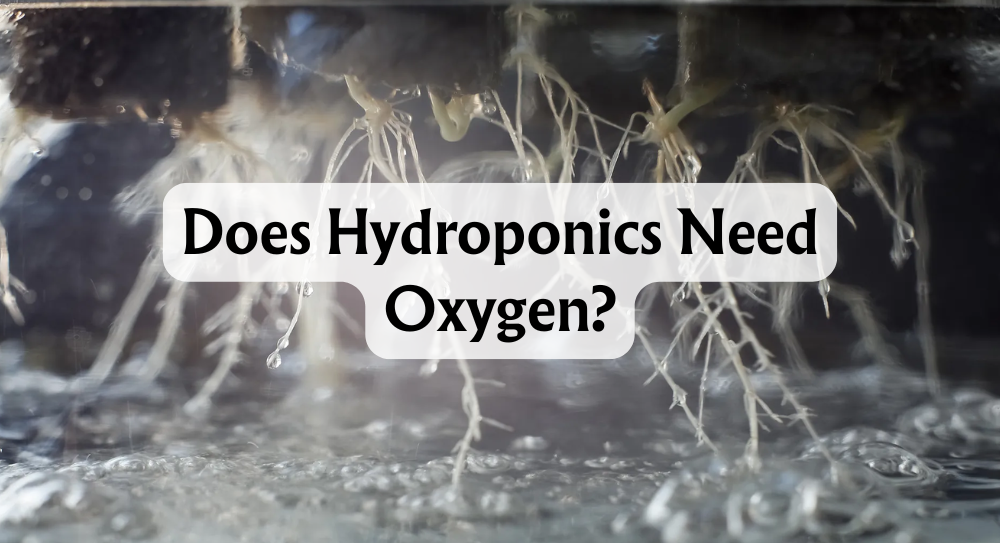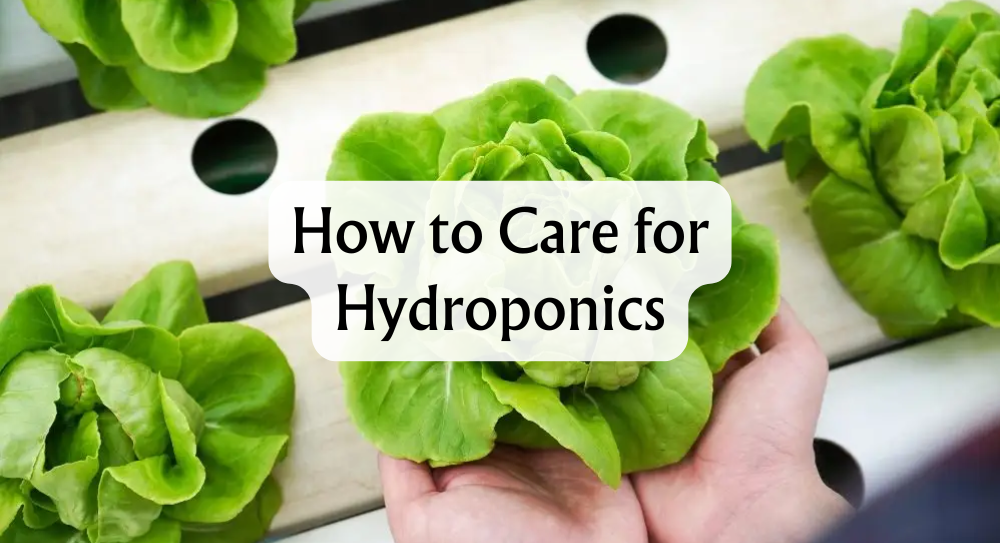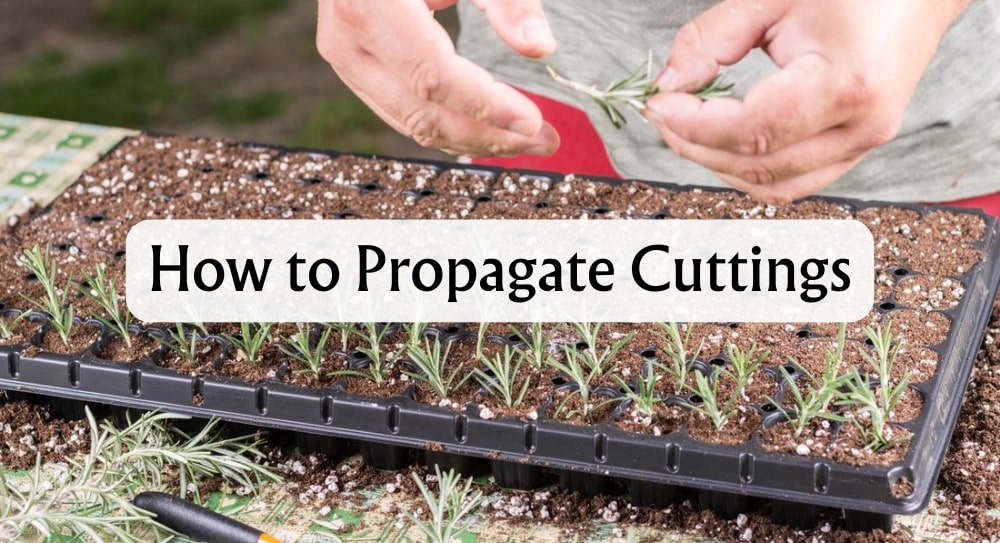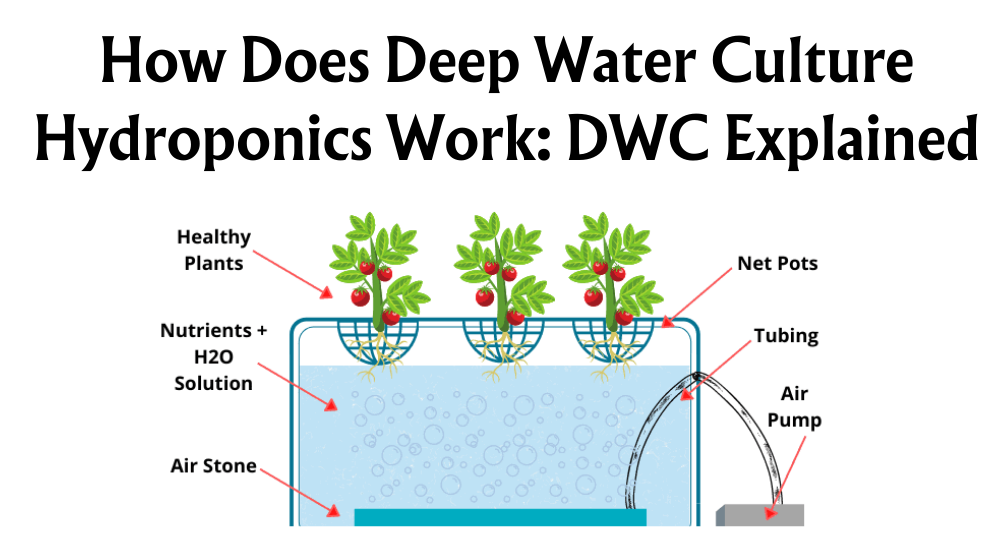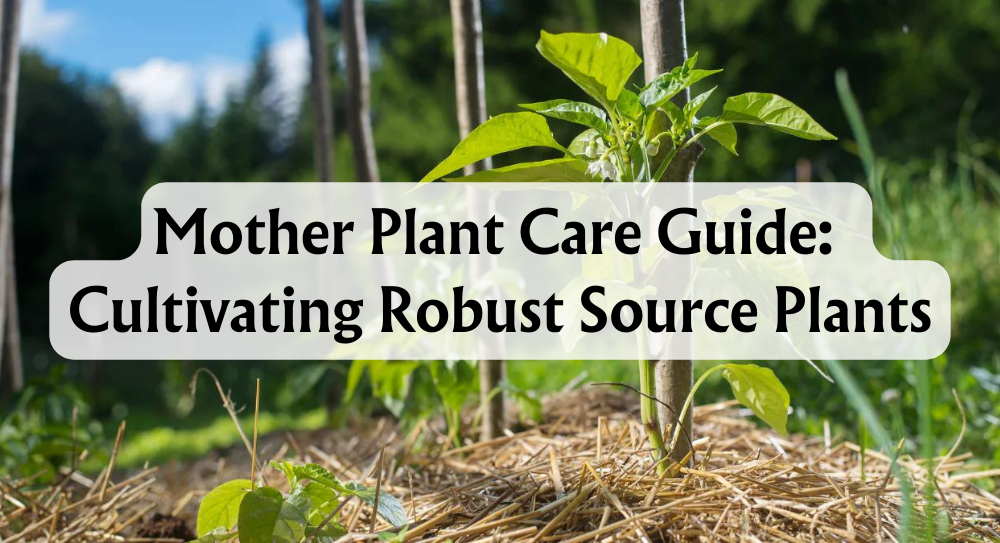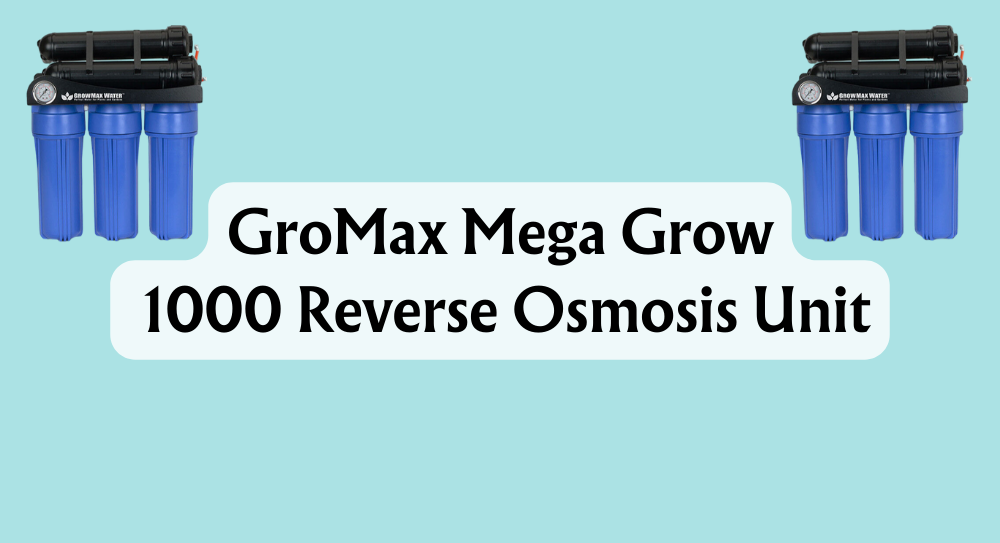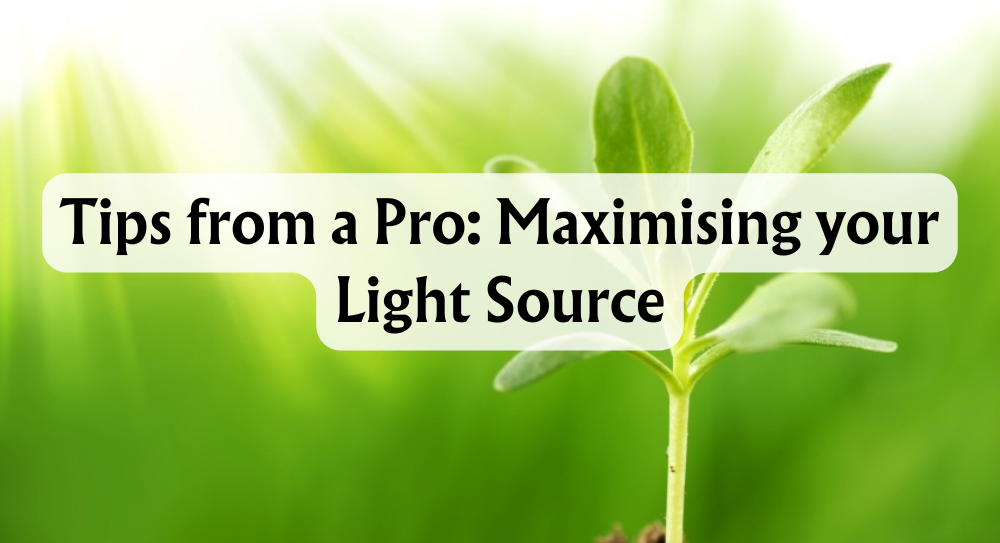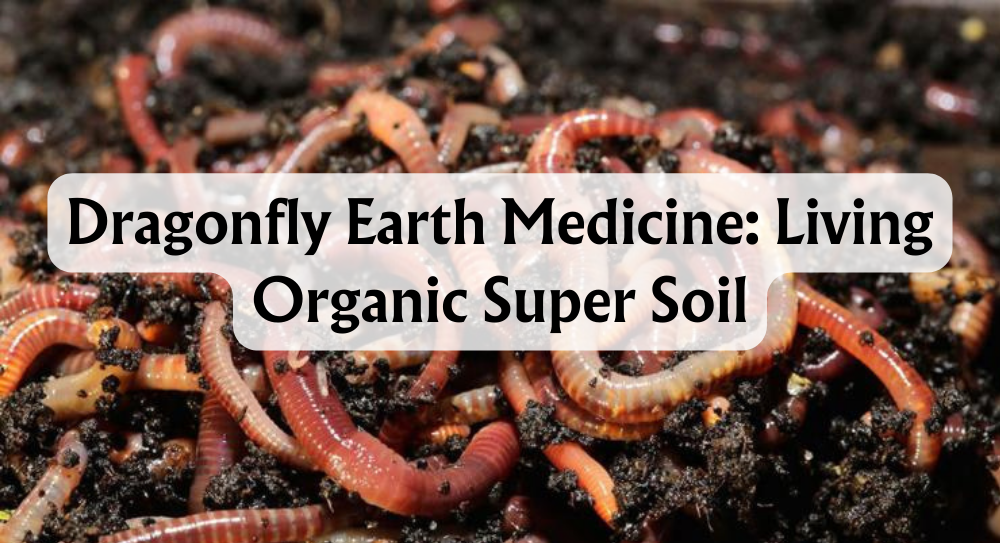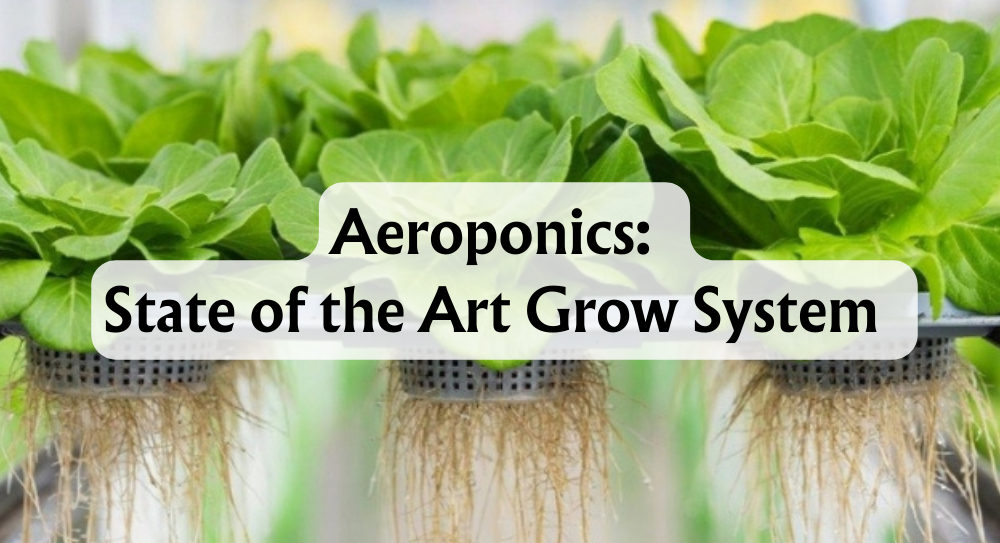As more gardeners and growers explore hydroponics, it's becoming clear how vital oxygen is for plant health and development. Oxygen is essential in hydroponics as it supports respiration, allowing plants to absorb nutrients efficiently. With hydroponic systems gaining popularity, understanding how to provide adequate oxygen is crucial for success.
While hydroponic gardening aims to eliminate the challenges posed by soil, it presents its own unique needs, particularly concerning oxygen supply. Many systems use air stones and pumps to ensure that the water is well oxygenated, which is crucial for healthy root growth. It's fascinating to note that some methods even function without air pumps by focusing on other oxygenation techniques.
Ensuring the correct levels of dissolved oxygen can make or break the success of a hydroponic setup. Over-oxygenating isn't commonly a problem, but finding the right balance is key to maximising plant growth. As we venture further into hydroponic practices, it's clear that oxygen is the cornerstone of a thriving system.
Key Takeaways
- Oxygen is crucial for nutrient absorption in hydroponics.
- Air stones and pumps are common methods for oxygenation.
- Proper dissolved oxygen levels optimise plant growth.
Do I Need To Oxygenate My Hydroponic System?
Hydroponic systems revolutionise gardening by allowing us to grow plants without soil. One critical aspect of this approach is ensuring proper oxygenation. In nature, soil acts as a medium to supply oxygen naturally to plant roots. In hydroponics, we need alternative methods to provide this vital element.
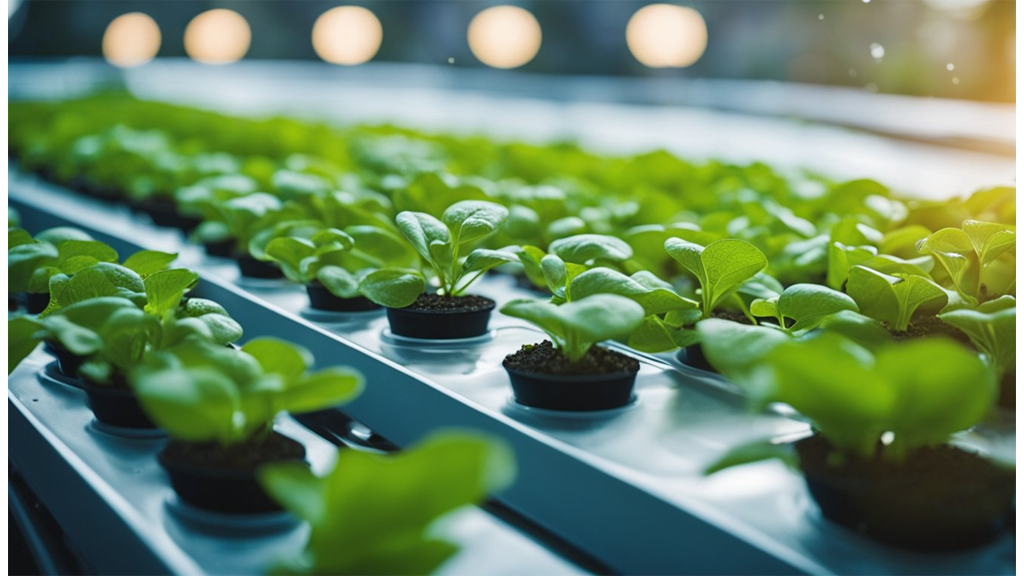
Plants utilise oxygen for respiration at both the root and leaf levels. This process helps them convert nutrients into energy, supporting growth and development. Without soil, our hydroponic systems must provide sufficient oxygen to the plant roots to sustain these essential functions.
If a hydroponic system is inadequately oxygenated, several issues can emerge. Root rot is a common problem stemming from low oxygen levels. Stunted growth often follows, as plants struggle to assimilate nutrients. Observing these symptoms is critical for maintaining plant health.
Signs of oxygen deficiency:
- Yellowing leaves
- Wilting plants
- Reduced root mass
To avoid these pitfalls, we can invest in tools like air stones or pumps to oxygenate water effectively. These devices enhance dissolved oxygen levels, supporting optimal plant growth and vitality. By maintaining proper oxygenation, we ensure our hydroponic systems remain efficient and productive.
How Much Oxygen Do You Need?
Let’s talk about something vital in hydroponics: oxygen levels. In most systems, dissolved oxygen (DO) levels should usually range from 5 to 8 mg/L. These figures ensure that plants can thrive without the risk of roots rotting due to lack of oxygen.
Factors to Consider:
- Plant Species: Different plants have varying oxygen needs. For instance, plants with larger root masses may require more oxygen.
- Growth Stages: Young seedlings may benefit from more oxygen compared to mature plants.
Measuring and Maintaining DO Levels:
Monitoring DO levels is crucial for health and growth. We can use dissolved oxygen meters to check oxygen concentration. Keeping water temperature in check is also important, as colder water holds more oxygen.
Tools & Techniques:
- Regular System Checks: Make sure to check pumps and air stones regularly to maintain optimal oxygen levels.
- Water Temperature: Ideal water temperature for good oxygen levels is between 18°C and 22°C. This range helps maximise DO while avoiding stress on plants.
By understanding these factors and using the right tools, we can create an oxygen-rich environment for our plants, ensuring they grow strong and healthy.
What Is Dissolved Oxygen?
Dissolved oxygen (DO) is simply the amount of oxygen present in water, essential for plant health in hydroponics. It plays a crucial role in the nutrient uptake and root health of plants. Without adequate DO, plants struggle to access nutrients effectively, causing stress and potential root diseases.
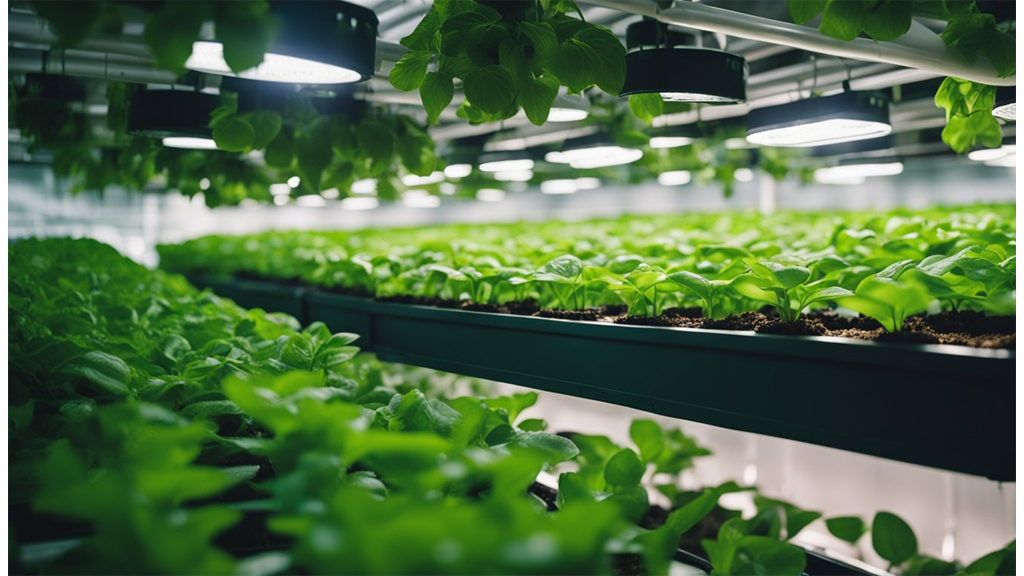
DO also affects microbial activity within hydroponic systems. A higher DO level supports beneficial microorganisms that aid plant growth, while low levels can lead to harmful anaerobic conditions. These can result in root rot and poor plant development.
Factors Affecting Dissolved Oxygen Levels
Various factors influence DO in water. Water temperature is a primary factor—warmer water holds less oxygen. Salinity and atmospheric pressure also change how much oxygen water can contain. As salinity increases, oxygen solubility decreases.
External Influences
The presence of organic matter and high nutrient concentrations can reduce oxygen availability. pH levels might not directly affect DO, but they can signal other issues impacting oxygen levels. Keeping DO levels between 5 to 8 mg/L is often ideal for most hydroponic setups.
In hydroponics, we must ensure that the water's oxygen saturation is optimal for plant growth. Regular monitoring helps us maintain an environment where plants can thrive without risk of oxygen depletion.
What Are Its Benefits In Hydroponics?
Enhanced Nutrient Absorption
We know that oxygen plays a critical role in hydroponics. When dissolved oxygen is present in sufficient levels, it boosts the nutrient uptake efficiency of plant roots. This means plants can access nutrients more easily, resulting in healthier growth. Several case studies have highlighted increased yields in systems with proper oxygenation levels.
Prevention of Root Diseases
Oxygen is also crucial in preventing root diseases. It helps to inhibit anaerobic pathogens that cause root rot. Root rot is a common issue in poorly oxygenated systems, but with the right oxygen levels, these harmful pathogens are kept at bay, preserving plant health.
Improved Plant Growth and Yield
High levels of dissolved oxygen are closely linked to improved plant growth and yield. When oxygen levels are optimal, plants grow faster and healthier, which directly correlates with better production. Statistical data shows crops in oxygenated systems can yield up to 20% more compared to those with inadequate oxygen levels.
Keep in mind that proper oxygenation helps to avoid nutrient deficiencies, ensuring that plants have all they need for optimal development. By maintaining the right balance, we can support robust plant growth and safeguard against common hydroponic issues.
Best Ways To Provide Oxygen In Hydroponics
In hydroponic systems, ensuring the right amount of oxygen to plant roots is crucial. Let's dive into effective ways we can oxygenate our hydroponics setups to maximise plant growth and health.
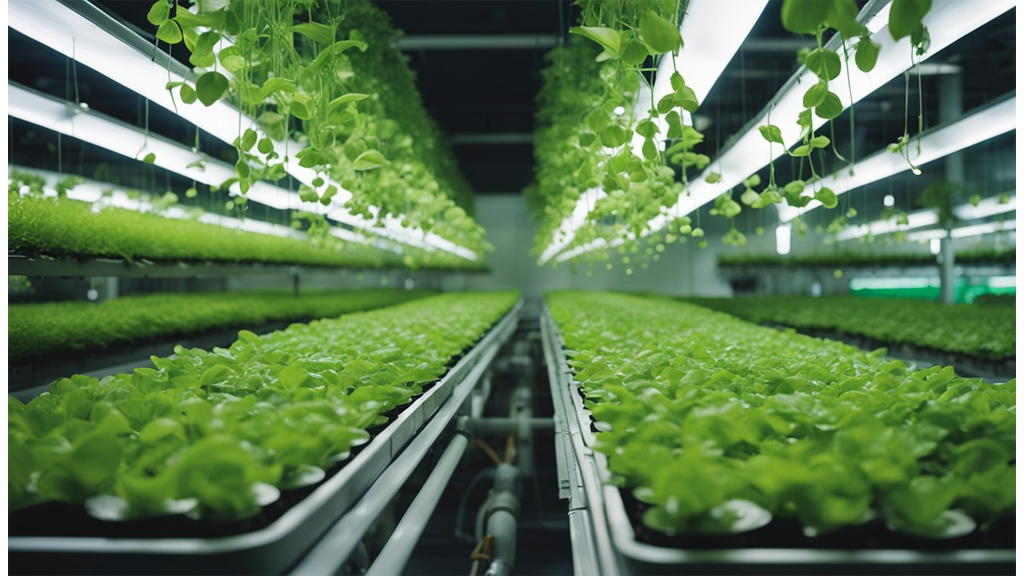
Air Stone
Air stones are a staple in many hydroponic systems. They are porous stones connected to air pumps, which diffuse air into the nutrient solution. Benefits of using air stones include their cost-effectiveness and straightforward installation. They increase oxygen dispersion efficiently, promoting healthy root growth. Considerations to keep in mind include regular cleaning to prevent clogging. This maintenance routine is essential to retain their efficiency over time. They're an easy win for boosting our system's aeration.
Air Diffuser Tube & Ring
Air diffuser tubes and rings work by releasing fine air bubbles throughout the hydroponic system. Made from flexible tubes with perforations, they ensure even oxygen distribution. This option offers adaptability, making it suitable for various system sizes. For us, compatibility with existing system designs is crucial. Ensuring they fit well with our air pumps is necessary for optimal performance. Air diffusers are a great solution when uniform aeration is a priority.
Let Roots Hang
Letting roots hang partially exposes them to air, similar to aeroponics setups. This direct oxygen exposure can significantly benefit root health by encouraging robustness. However, we should keep an eye on humidity levels to prevent root desiccation. Striking that balance ensures roots receive enough oxygen without drying out. This method can greatly enhance root oxygenation when implemented correctly.
Give An Oxygen Gap
Allowing an oxygen gap by maintaining space between the water surface and the plant base facilitates natural oxygen absorption. This approach is simple yet effective for providing consistent air exposure to roots. Monitoring water levels is key to maintaining this gap. By doing so, we help prevent roots from being submerged constantly, thus optimising oxygen intake. It's a straightforward tweak with noticeable benefits.
Set Up An Automatic Siphon
Automatic siphons in ebb and flow systems create periodic drainage, exposing roots to air regularly. This automation helps reduce the risk of waterlogging, creating automated oxygenation cycles. Ensuring precise timing and flow rates is crucial to match our plants' specific needs. By incorporating this system, we achieve a balance that supports healthy root environments. This method combines simplicity with reliability.
Can You Over-Oxygenate Hydroponics?
When it comes to hydroponics, oxygen is crucial. Dissolved oxygen levels between 5 to 8 mg/L are generally considered ideal. But now, let's explore whether it's possible to overdo it with oxygen.
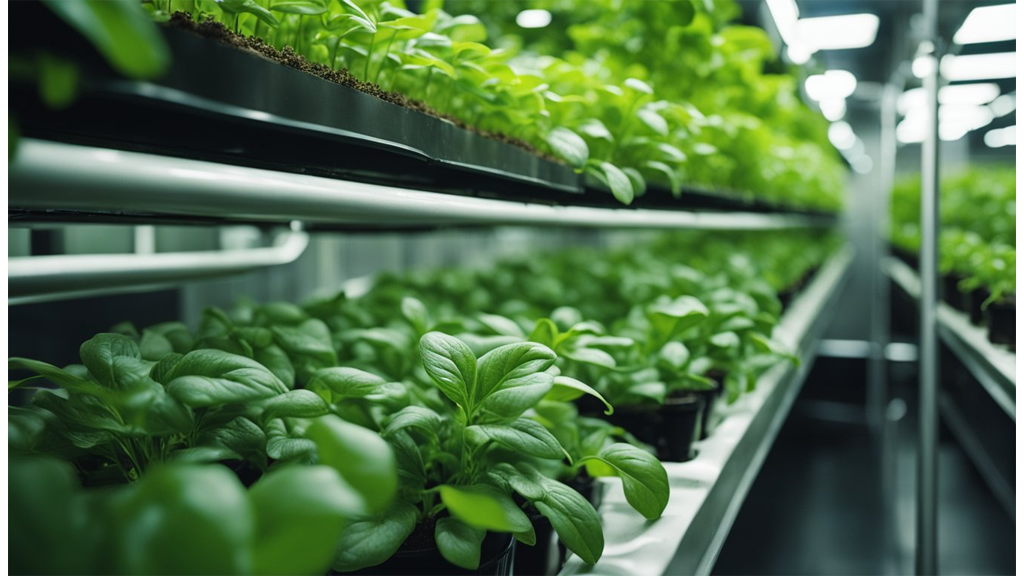
Supersaturation occurs when the water contains more oxygen than it's typically capable of holding. In our hydroponic systems, this is quite rare. Most setups won't reach such levels given standard practices.
Over-oxygenation can potentially lead to oxidative stress, which may damage plant roots. This stress is usually caused by an excess of reactive oxygen species. Although this isn't common, it's something to be aware of.
Signs of too much oxygen might include wilting or browning of the plant's roots. If you suspect this, consider reducing the oxygenation levels slightly. One approach is to use fewer air pumps or lower their operating rate.
Ensuring our hydroponic system maintains optimal conditions is key, but monitoring is essential to prevent possible issues. Being mindful of our system's balance in terms of dissolved oxygen helps in keeping our plants healthy and thriving.
Conclusion
Hydroponic systems rely heavily on an adequate supply of oxygen for the healthy growth of plants. The roots need access to dissolved oxygen to support aerobic respiration, which fuels their growth and development. Without this oxygen, roots struggle, and anaerobic bacteria can become problematic.
To maintain optimal oxygen levels, we should consider using air pumps. These devices not only add vital oxygen to the water but also help to keep it moving, which prevents stagnation. Stagnant water can be harmful to plant roots as oxygen levels can quickly deplete.
Monitoring oxygen levels in hydroponic systems ensures our plants get what they need to thrive. It's crucial for transforming our efforts into successful plant growth and increased productivity.
Regular checks can prevent potential issues related to low oxygen levels. Let's keep a close eye on our systems to ensure our plants remain healthy and productive, maximising the benefits of our hydroponic endeavours.

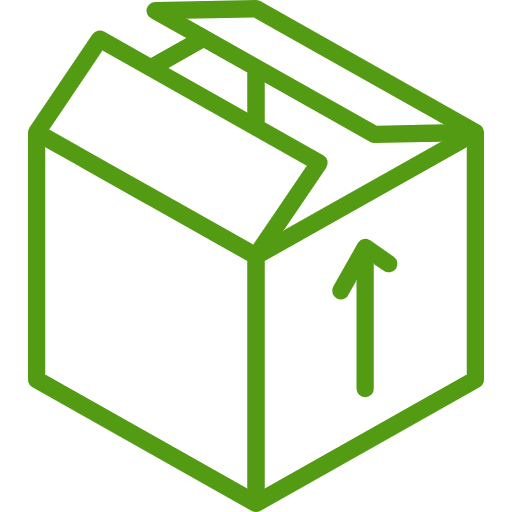





 Store Locator
Store Locator
